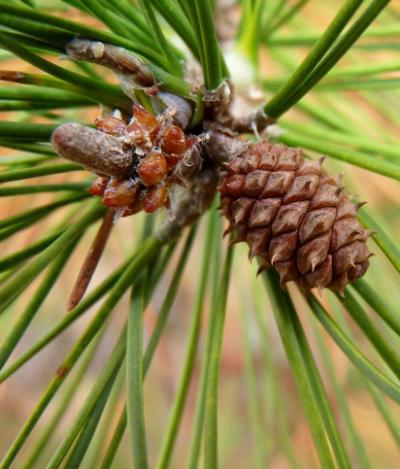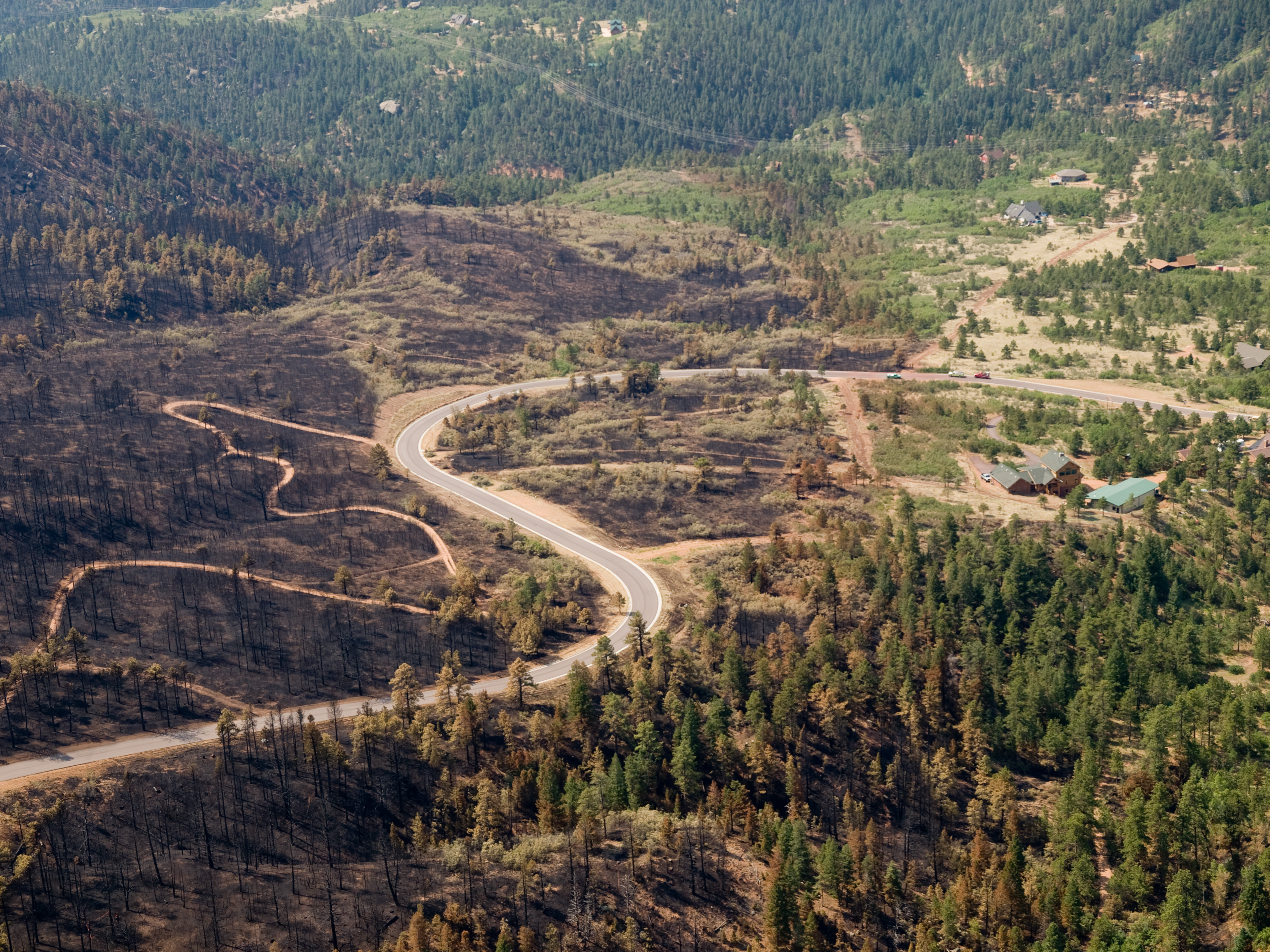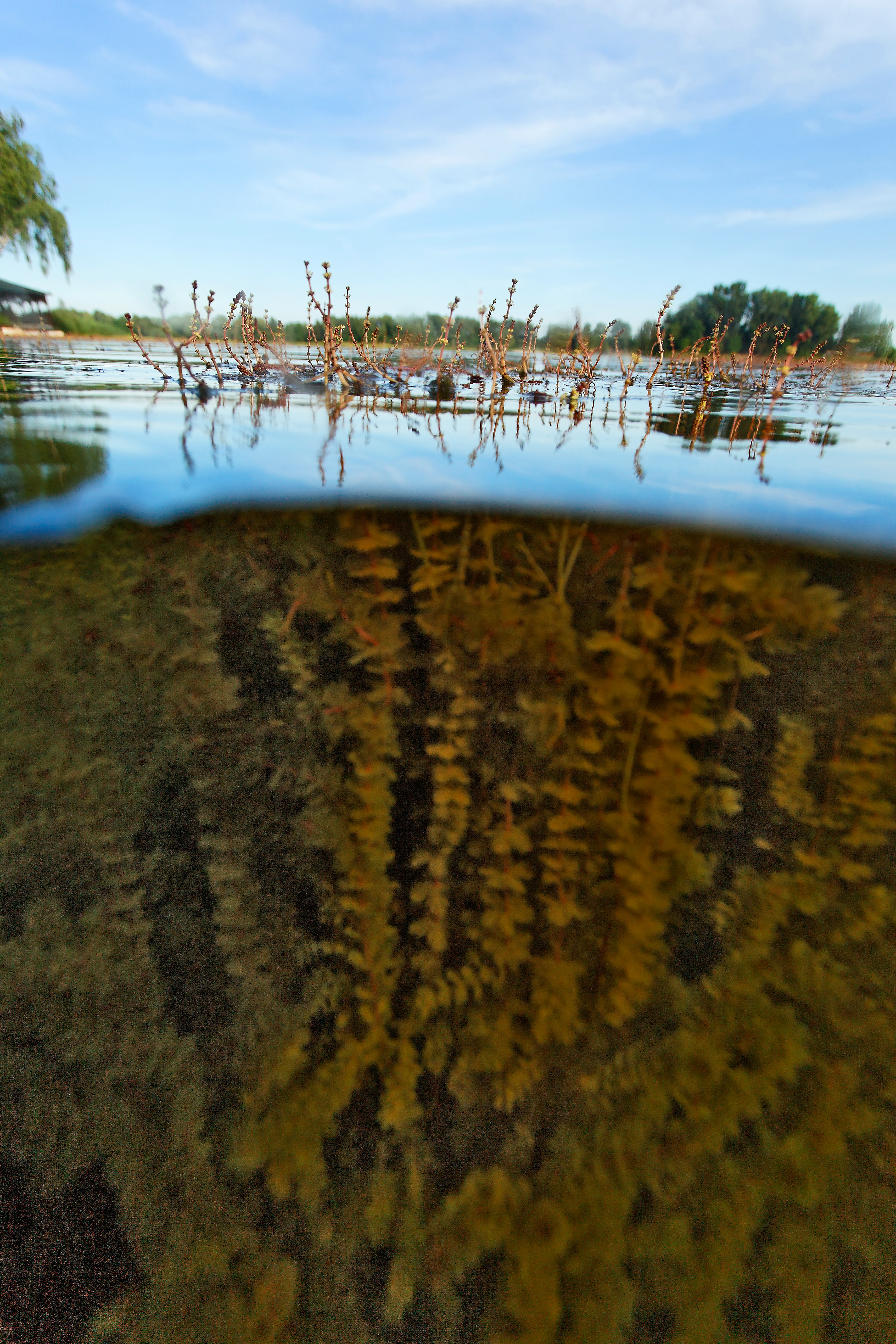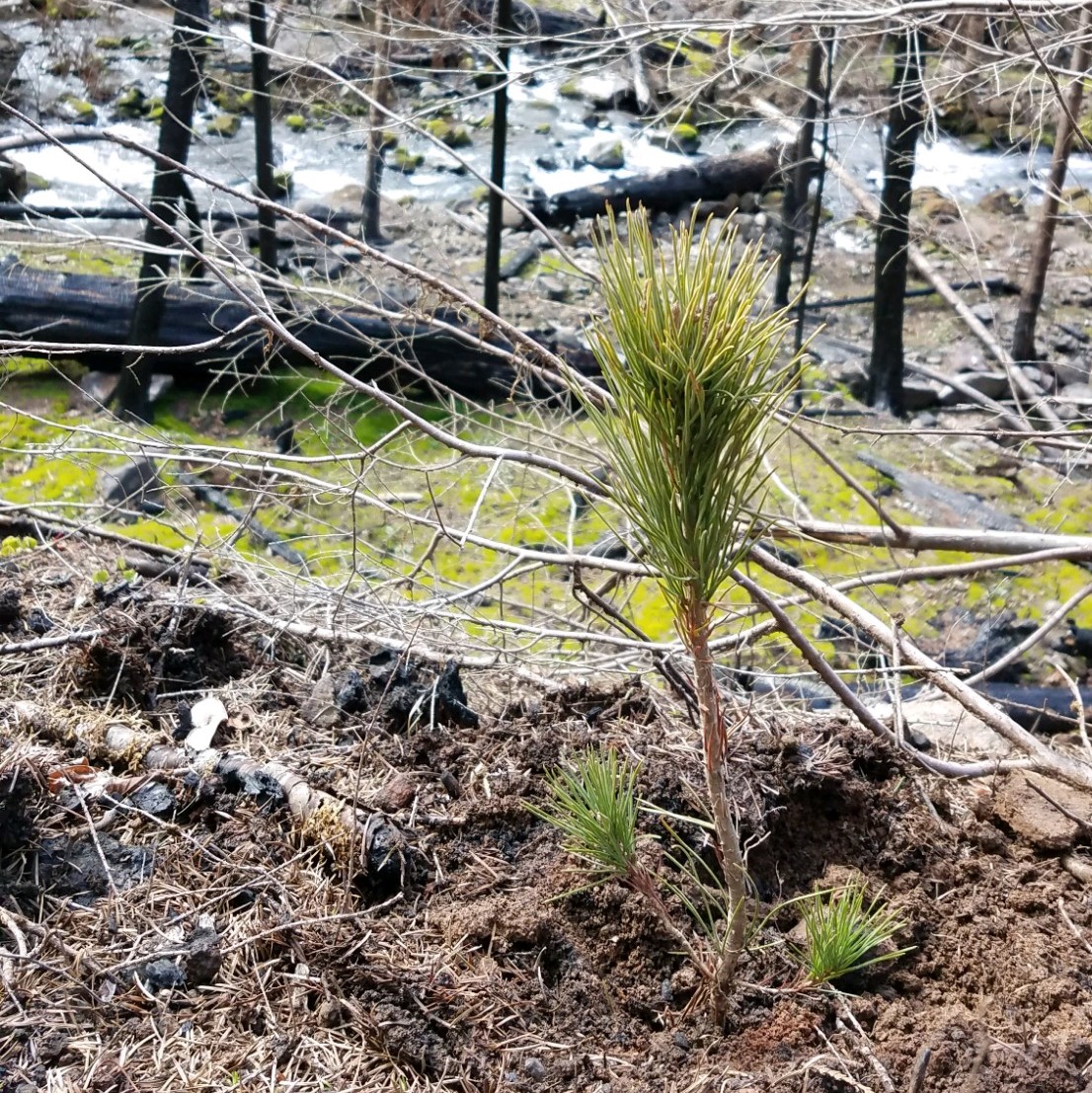This Science Story was originally posted on CompassLive, an interactive venue hosted by the USDA Forest Service Southern Research Station.
 Shortleaf and loblolly pine are closely related and have always hybridized occasionally. “However, hybrids are now so common that they may threaten shortleaf pine’s existence as a genetically distinct species,” says U.S. Forest Service scientist Dana Nelson. “Our study is the first to show that fire helps maintain genetic distinctions between shortleaf and loblolly pine.”
Shortleaf and loblolly pine are closely related and have always hybridized occasionally. “However, hybrids are now so common that they may threaten shortleaf pine’s existence as a genetically distinct species,” says U.S. Forest Service scientist Dana Nelson. “Our study is the first to show that fire helps maintain genetic distinctions between shortleaf and loblolly pine.”
The study, published earlier this year in the journal Conservation Genetics, was led by post-doctoral fellow John Stewart and professor Rod Will, both at Oklahoma State University, and Kevin Robertson, a scientist with the Tall Timbers Research Station and Land Conservancy near Tallahassee, Florida.
Shortleaf pine once dominated millions of acres across a range that spanned the eastern U.S. from Texas to New York, while loblolly pine had a more limited range. However, the two species have shared a range for at least 14,000 years, and are closely related. They have probably hybridized for millennia, but since the 1950s – when less than 5 percent of pines were hybrids – the rate of hybridization has increased dramatically. Today, nearly half of all naturally regenerating pines in some areas are actually hybrids. When these hybrid offspring reproduce, unique genetic traits of the parent species can be lost.
Scientists are beginning to recognize this threat to shortleaf pine, but until recently, the role of disturbances such as fire had not been studied. Without fire, shortleaf pine’s advantages over loblolly pine – such as the ability of seedlings to re-sprout after fire – are less relevant. The absence of fire, along with loblolly’s importance as a timber species, has caused the acreage of shortleaf pine to plummet. By some estimates, acreage of shortleaf pine fell by more than 40 percent in the 20th century.
Nelson and his colleagues compared the genetics of pine seedlings and saplings in four pairs of loblolly and shortleaf pine stands at the Tall Timbers Research Station and Land Conservancy. Most of the area is former agricultural fields that were abandoned between the late 1800s and 1930s, although there are some native shortleaf pine areas. Some of the stands were burned every 2 years over the past 30 to 40 years, while others had not been burned in 40 to 50 years.
On study sites that had been burned, Nelson and his colleagues found that pure shortleaf pine seedlings and saplings dominated, while on sites that had not been burned, the seedling community was a mixture of shortleaf, loblolly, and hybrid pines. Because mature trees in both areas were a mix of the two species and hybrids, differences in the seedling community were probably due to fire, rather than the types of available seeds.
“Researchers have known that fire favors shortleaf pine seedlings, but we found that fire also selects for shortleaf at the genetic level,” says Nelson. “Our results have broad implications for shortleaf pine forest conservation, which is an emerging concern.”
Read the full text of the article.
For more information, email Dana Nelson at dananelson@fs.fed.us




